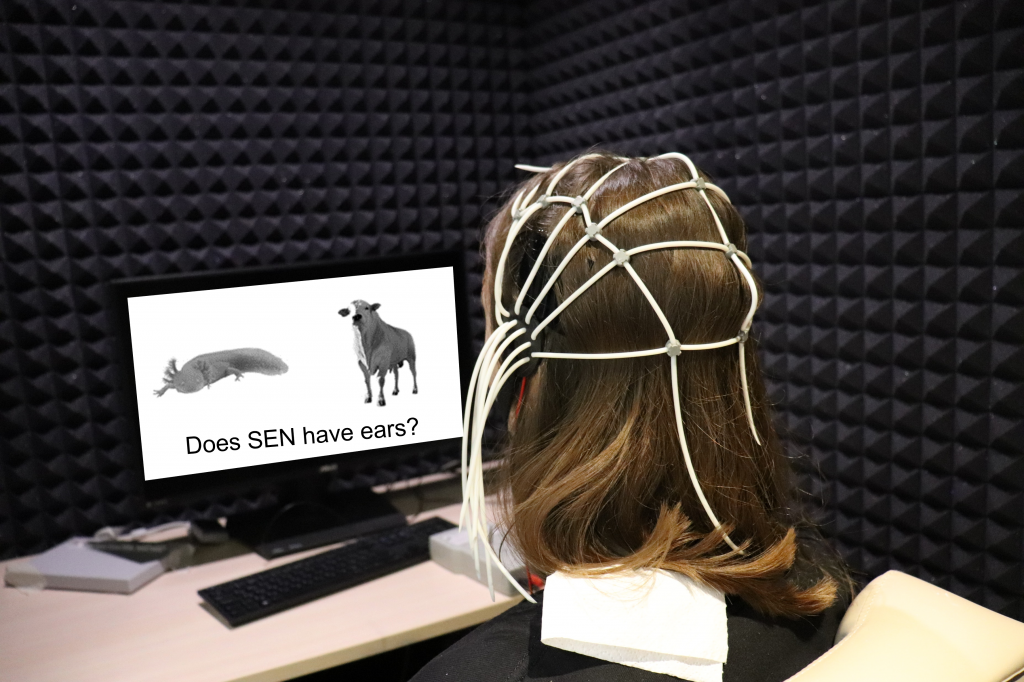Brain stimulation enhances word learning
Researchers from the Laboratory of Behavioural Neurodynamics at St Petersburg University have studied how different types of transcranial direct current stimulation (tDCS) affect the acquisition of novel words.
An accumulating body of evidence suggests that transcranial direct current stimulation (tDCS) can be used to affect language processing, including word acquisition. There has been, however, no comprehensive study of effects of tDCS of the core language areas in relation to the main word-learning mechanisms. Two principal strategies have been posited as important for natural word acquisition: explicit encoding (EE) which relies on direct instructions and repetition of material, and fast mapping (FM) which operates implicitly, via context-based inference or deduction. We used anodal and cathodal tDCS of Broca’s and Wernicke’s areas to assess effects of stimulation site and polarity on novel word acquisition in both EE and FM regimes. 160 participants, divided into five groups, received 15 min of cathodal or anodal tDCS over one of the two areas or a sham (placebo) stimulation before learning eight novel words, presented ten times each in a short naturalistic audio-visual word-picture association session, fully counterbalanced across different learning regimes. The outcome of novel word acquisition was measured immediately after the training using a free recall task. The results showed elevated accuracy in all real stimulation groups in comparison with sham stimulation; however, this effect only reached full significance after anodal tDCS of Broca’s area. Comparisons between the two learning modes indicated that Broca’s anodal tDCS significantly improved both implicit and explicit acquisition of novel vocabulary in comparison with sham tDCS, without, however, any significant differences between EE and FM regimes as such. The results indicate involvement of the left inferior-frontal neocortex in the learning of novel vocabulary and suggest a possibility to promote different types of word acquisition using anodal tDCS of this area.

More details about our study can be found in the original research article published by Neuropsychologia.
